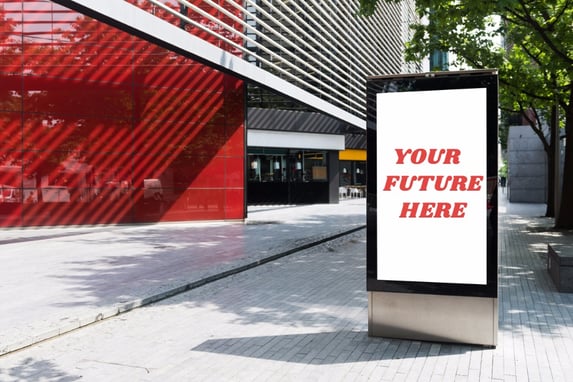I’ve been writing a lot lately about advertising industry changes and how agencies can avoid being left behind. The ways agencies are being engaged by brands is changing.

A few examples of major industry changes:
- Brands are engaging multiple agencies at once
- Agency of record opportunities are sparse
- Marketers increasingly prefer project-based assignments
- More clients are moving work in-house
- Consulting giants have entered the ad industry arena
- Changing consumption and purchasing patterns are affecting CPG brands, retailers, and the agencies who represent them as more budgets shrink
These changes are hurting revenue at many agencies. The big agencies missed earnings estimates in Q2, attributed to challenges from the CPG sector. In August, Adweek cited a study from international consultancy R3 that indicated new business wins were down 12 percent in the first six months of 2017 compared to the same period in 2016. For creative shops alone, there were 10 percent fewer new account wins and 18 percent less revenue.
In BusinessInsider, senior analyst Brian Wieser of Pivotal Research Group was quoted saying, “there’s little question that there are tougher times ahead,” before likening agencies to cockroaches. Though the comparison is harsh, it is not inaccurate to paint agencies as survivors. Agencies are adept at reinvention and have been creating different ways to bring in new business, outside of the traditional engagement models.
How agencies are adapting to win new business
Last week I gave a presentation at an agency event organized by WorldWide Partners, and I shared all the ways agencies commonly throw a wrench in their new business development. I didn’t have much time to get into some of the things agencies are doing correctly to win new business in 2017. It’s a really important discussion because every agency should be thinking about how they can keep new business flowing amid these changing conditions.

Here are some of the ways agencies are adapting to new market conditions:
- Create an internal content studio
- Create an internal consultancy
- Create a product, instead of just a service
- When selling services, sell based on outcomes not hours
- Strategic, formalized referral program (vs. ad hoc, passive referrals)
- Step up PR
- Invest in more thought leadership
- Invest more deeply in data/analytics to better support the business case; i.e., outcomes
- Invest in partnerships with other agencies
We will be exploring these and other examples of creative new business generation strategies in future posts, but for now I want to share an example of how one agency has made the internal consultancy approach work.
Internal Consultancy Approach
One of the main themes among the agency reinvention strategies is finding new ways to rebrand, repackage, and reposition. I’ll give an example of what this looks like for an agency I’ve been working with recently. The agency itself is well-known, with marquee clients, hundreds of awards, and a strong portfolio. In short, they have every reason to be considered by brands for new business opportunities. And yet, like every other agency, they hit walls where there is already an agency of record with brands they’d like to work with. So they created an internal consultancy, which is separate from the agency but led by agency leadership, with a particular area of expertise which can be leveraged for different purposes with many brands.
For the agency, the consultancy’s research and expertise is a value-added feature which strengthens their visibility, thought leadership, and supports the agency brand. At the same time, being a separate entity frees the consultancy up to seek out new relationships and opportunities outside of the agency-of-record model. Brands can engage them without having to engage the agency at all. It creates new paths to relationships with desirable brands that may already have an AOR or are doing things in-house. Because their consultancy offers something truly new, unique, and helpful to marketers, they can have better conversations with flexible and more immediate outcomes. Which is immensely preferable to waiting until the next agency review.

This is just one example to get your creative juices flowing. Stay tuned, because in future posts we will explore other ways agencies are adapting to generate new business in the new market.
How will you reinvent your agency next?
Get more ideas about how agencies are reinventing:
- 5 Things That Will Prevent Your Agency From Thriving in the Future
- 9 Reasons Why Your Agency Isn’t Getting New Business
- What Your Agency Needs to Know About Industry Trends in 2017
- Look Beyond a Pitching Frenzy for New Business in 2017
Image credits: Changing leaves © iStockPhoto.com/BrianAJackson; Changing landscape © iStockPhoto.com/leolintang; Your future agency ©iStockPhoto.com/golibo



